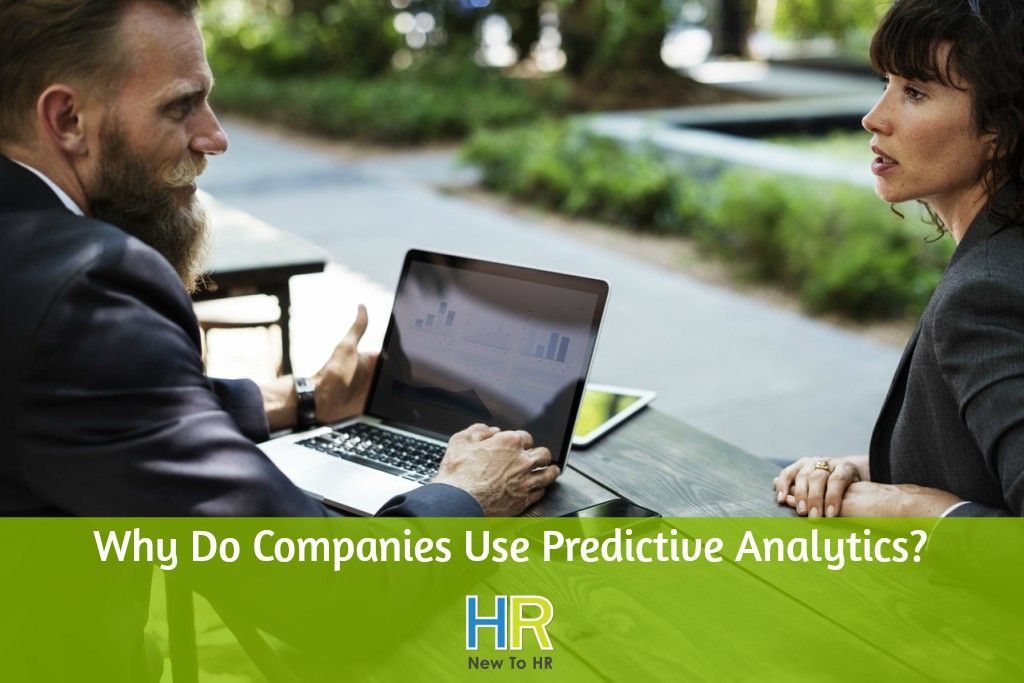
Why Do Companies Use Predictive Analytics
Predictive Analytics is the use of data, machine learning techniques, and statistical algorithms that predict future outcomes based on previous data.
It can also be called – …technology that learns from experience…
The technology goes beyond the scope of knowledge and provides an adequate assessment of what might happen in the future.
In today’s world, more and more organisations are turning towards Predictive Analytics for different purposes, and competitive advantage is likely the main factor.
It is no longer limited to mathematicians and statisticians, everyone can now make use of this technology. This (now) user-friendly software is there to help solve business problems.
For HR it is no longer having to rely on that awesome gut feeling 😉 – but using self-learning algorithms from Predictive Analytics software to make a “fairer” decision.
The People Management function holds massive amounts of (private) data on employees in the company, which creates a strategical role for HR, as the team can make use of non-confidential data and link this into the data-driven predictive models.
The team can now forecast the impact of for example, company policies on productivity and the bottom line performance of employees. It can use Predictive Analytics to learn from the behaviours of previous marketing and business development departments and how they achieved their profit.
Predictive Analytics can help HR to identify HiPo performers [YES – no more biase], it can help identify what work – tasks and projects – made an employee more productive, and this can further guide the business decision for future hiring! Communication and the exchange of information between HR, the other company functions and your management team are CRUCIAL for this process!
Yes, HR will be able to predict what activities and benefits may keep employees happy, and this may also avoid loss of productivity. Although human activity is human activity 😉
A simple way of understanding a predictive model is a decision tree.
The decision tree consists of different decisions and the possible outcomes,
- where every Node represents Test Attributes, and
- the Branches represent possible Outcomes of tests.
Using Predictive Analytics does not only benefit one department – it PREDICTS business outcomes.
HR can identify correlations between personal characters of the workforce, such as education, culture and see the accomplished success in the roles. This can be done by going through multiple data patterns and view how these patterns influence outcomes. It can also be used for studying turnover and attrition rates.
HR can use the software for analysing patterns within job groups – this analysis can be done on characteristics like – tenure, performance and reasons.
- It can easily carry out analysis in real-time.
- Different connections between for example, tenure, performance, quality of work – can be made by a single click.
Management has more knowledge regarding intellectual capital and assets.
- All the facts and figures regarding hiring expenses, attrition and how it affects the business processes in the long run are viewable.
Predictive Analytics is a game changer for HR!
Producing astonishing results, and better decisions can help managers and executives to optimise work performance for maximum results.
Some great articles on HR & Predictive Analytics:
- Predictive Analytics in Human Resources: Tutorial and 7 case studies
- 4 Challenges with Predictive Employee Turnover Analytics – HR Analytics
- Predictive Analytics: A Human Resource Big Data Business Solution
© New To HR


